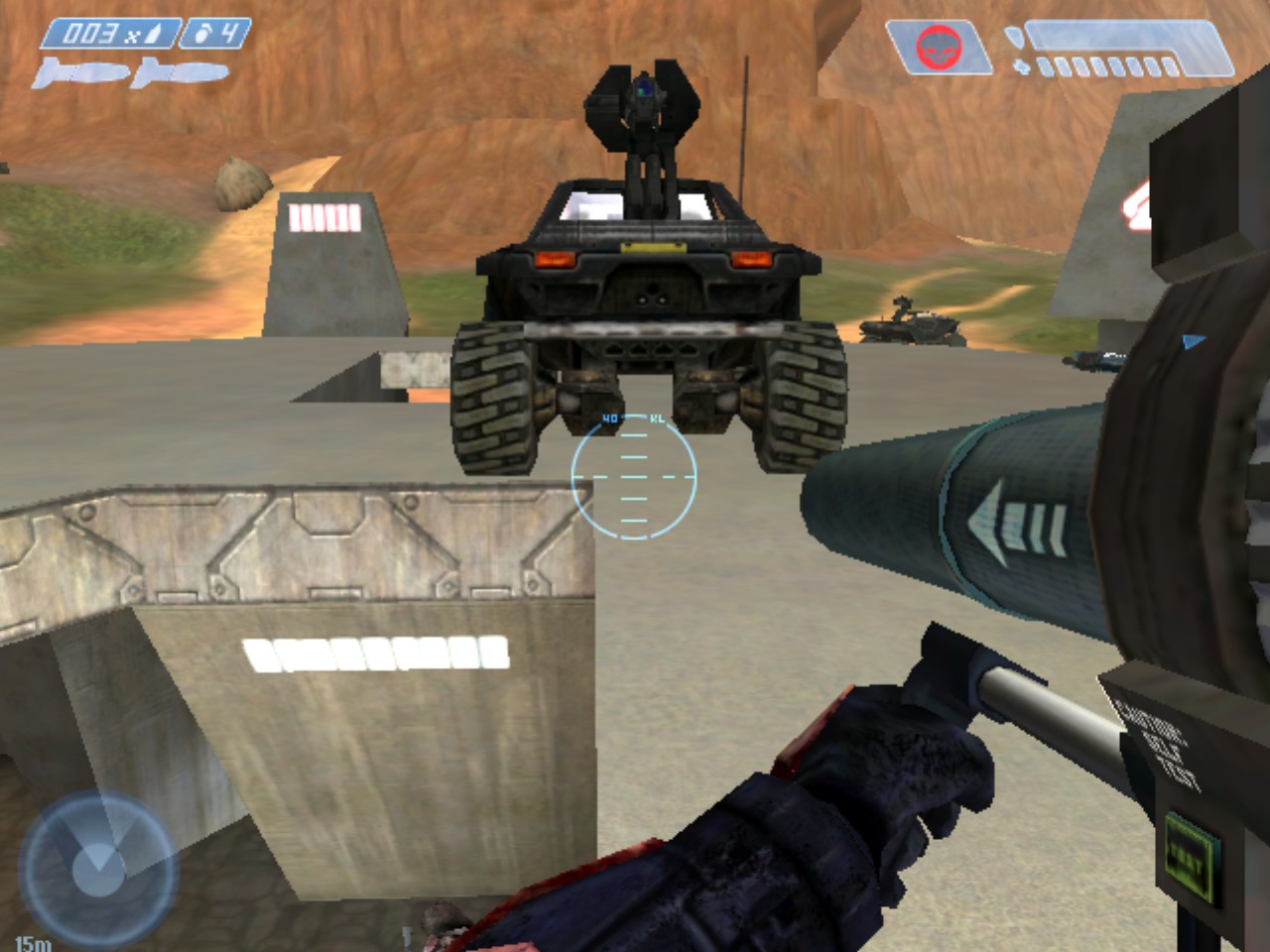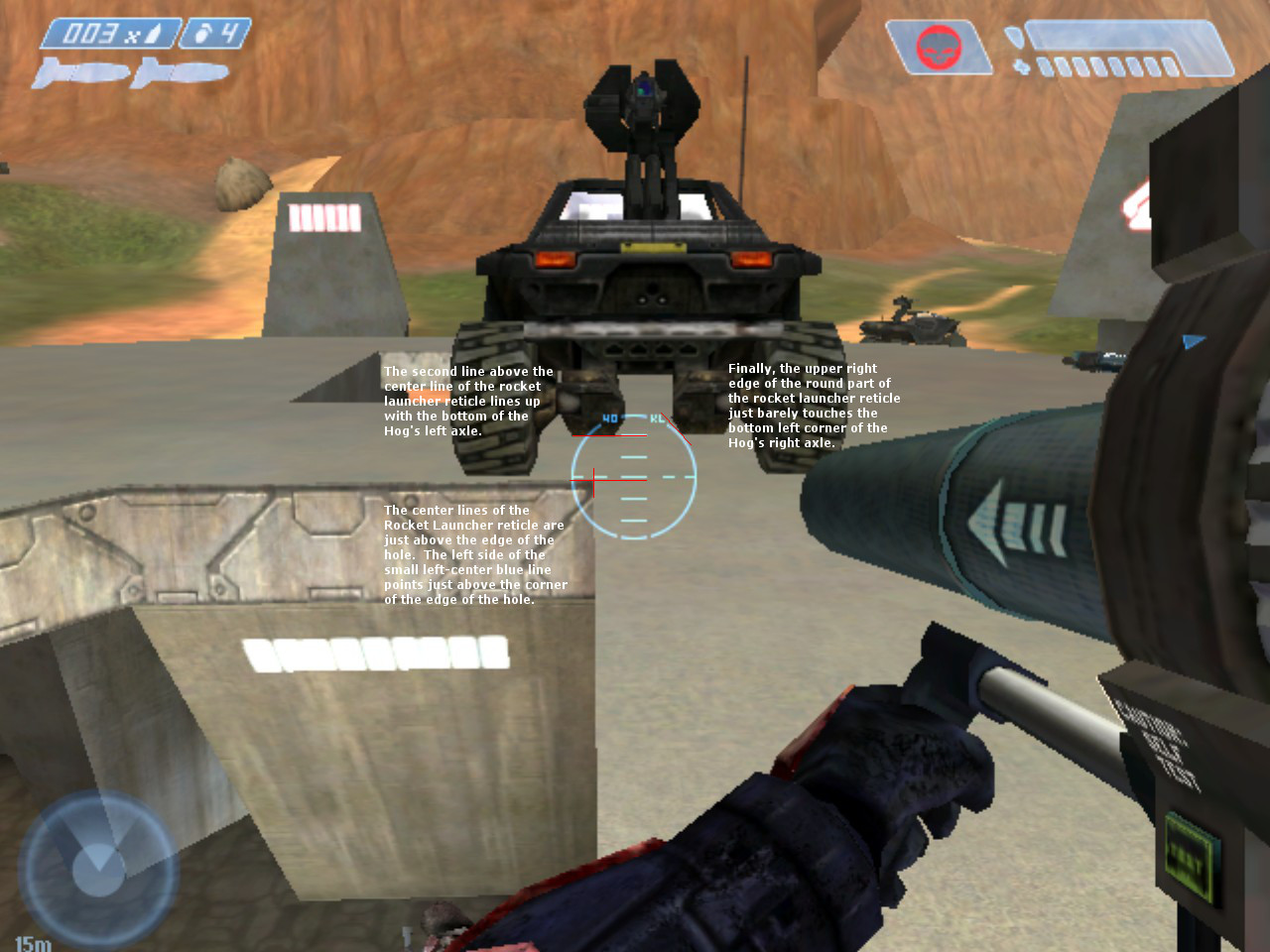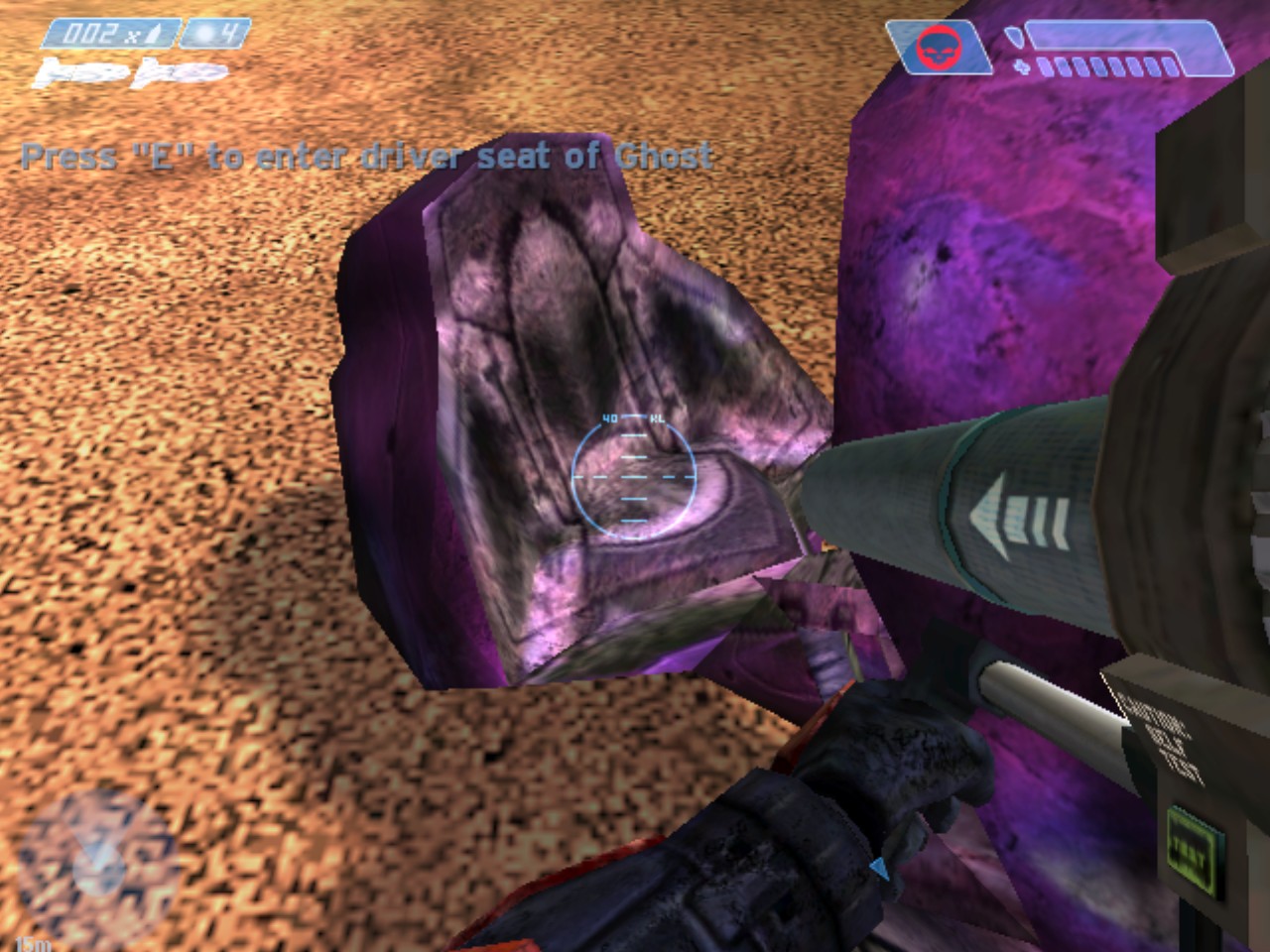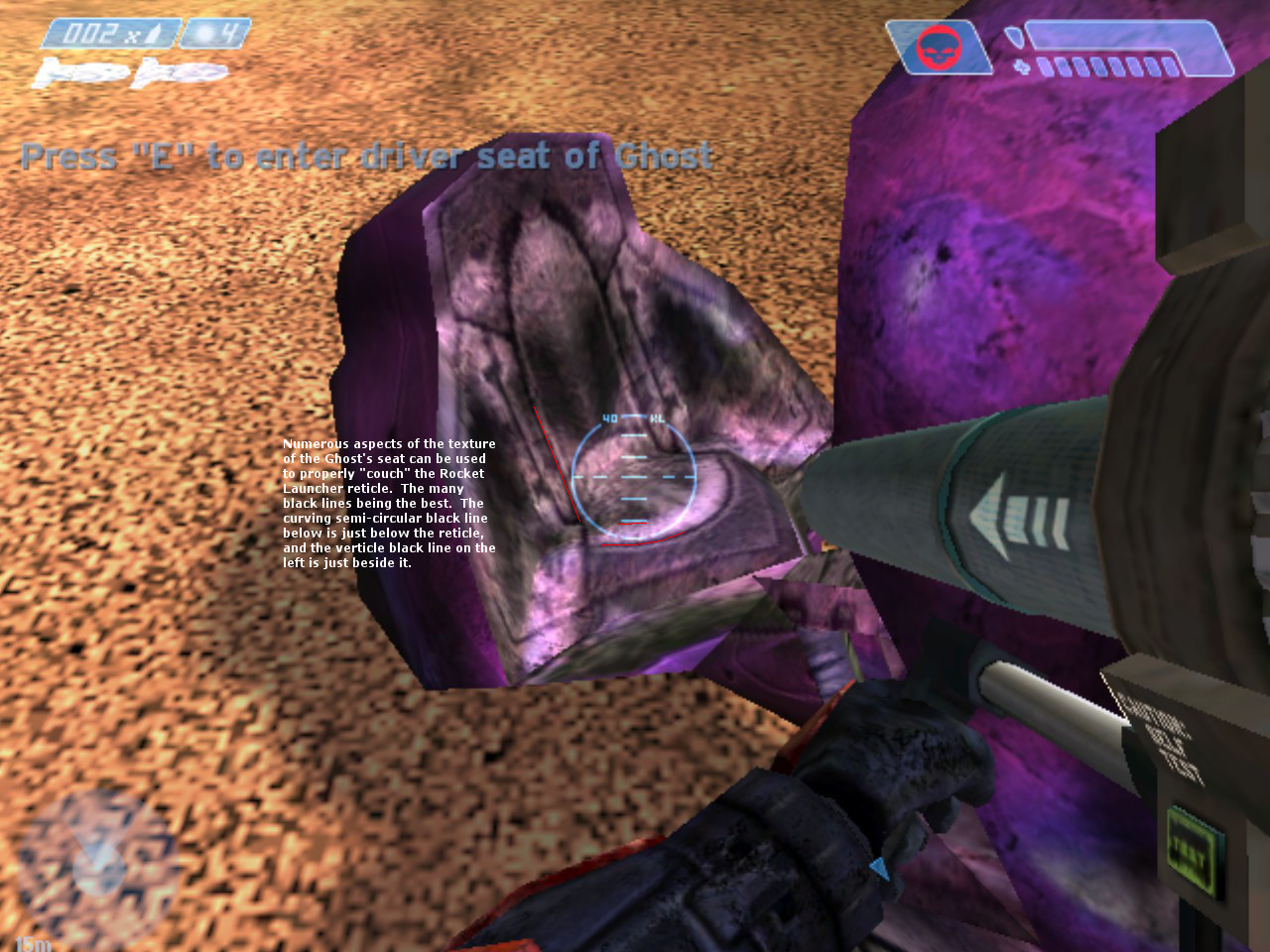The Process of Learning
So you've found a stunt in UST that you want to learn how to do, and it should be pretty easy, right? Well, not always.
You will find that not all stunts are created equal. Some are difficult to learn and execute, while others are easy to learn and execute. I've tried my best to outline the important steps for stunts and have gone over the basic skills necessary for certain groups of stunts in the pre-tutorial videos in UST. However, you will still face difficulties in trying to execute certain stunts. It may take up to a hundred attempts to learn a particularly difficult stunt. For this reason I highly recommend you start with the easy stunts so you can build up to the harder ones. I didn't specify the difficulty of stunts in the video, but you should be able to get a general idea of how difficult a stunt is by watching it and giving it a couple tries.
Here are some general pointers for learning stunts, specifically difficult ones:
- Rewatch the video of the stunt several times while performing it (Alt+Tab out of Halo, rewind the video a bit, and watch the stunt again).
- Pay close attention to the video. Note every detail that you can use when performing the stunt. Each time you rewatch the stunt, try to find and pay attention to a different detail.
- Read the text! I usually do a pretty decent job of outlining what you need to do for a stunt, so try to read and understand what I say.
- Troubleshoot your own attempts. When you mess up, ask yourself "Why did I mess up?" Address the problems you find.
- Make small adjustments to what you're doing. If what you're doing isn't working, try to do it a little bit differently and see if it changes the result at all.
- If you're getting particularly frustrated with a stunt, take a break and come back to it.
- If you're new to stunting or a particular type of stunt and are having trouble, try something entirely different. It's ok to not get everything you try!
E.P.s
Throughout the video there are certain points in which I freeze video playback and say "If you are attempting the stunt right now, pause the movie so you can refer to the E.P. easily."
E.P.s are exact points, positions, or places. They are usually conveyed in the form of screenshots. E.P.s are used with stunts that require you to aim in a very specific way or stand on a very specific spot. This is particularly important for Balances, as you have to shoot or grenade very specific spots in order to balance a vehicles successfully. To use an E.P. you want to relate certain constant aspects of the E.P. to dynamic aspects of it.
Constant Aspects
-Vehicle/scenery textures
-Vehicle position/shape/size
-Scenery position/shape/size
-Lighting/shadows
Dynamic Aspects
-Your reticle
-The edges of the screen
-Visibility of edges of objects (for position E.P.s)
-Other aspects of the HUD
Below are a few unmodified E.P. screenshots from the video. I have also modified these screenshots to highlight and explain certain relationships between constant and dynamic aspects which I commonly use when lining them up. These examples should give you a good idea of how to use an E.P. screenshot effectively.
E.P.s are most difficult to line up when you have multiple aspects which vary over a large range. E.g. When trying to do a Ghost Balance on Big Pillar (Nose B), you have to worry about the following variables:
-How the ghost falls on the ground (this is influenced by how you aim, how far back you drive the ghost, and when you exit the ghost)
-Where you stand relative to the Ghost
-Where you aim
The way the Ghost falls on the ground varies greatly, and is what makes the stunt difficult to perform. Another example is the Hog Balance on Big Pillar (Back), which has even more variables you need to worry about:
-The Warthog's original position (Angle, distance from pillar, how centered it is with the pillar)
-Where you stand for the rocket
-Where you aim for the rocket
-Where you stand for the frag grenade
-Where you aim for the frag grenade
The more variables you have to deal with, the more each of these variables influences the others, and the greater the variables range the more difficult the stunt is. When trying a stunt you want to keep as many variables constant between attempts as possible, so you only have to vary a single variable between attempts.
You can download the E.P. screenshots for the stunts in UST here. Alternatively you can download the E.P. Archive, which has E.P.s for many more stunts.
Controls
Some people may find the control scheme I use with Halo relevant, though it really isn't very unique. I've only made a few small changes/additions to the controls in Halo PC. I use a mouse and keyboard, and have made the following additions:

The use of arrows as a secondary control for looking around can be helpful if you can't use your mouse, want to change your aim in a single axis quickly while standing still, or need to keep your aim as high/low as possible. This is particularly useful when throwing plasma grenades straight up or for lining up certain E.P.s. Holding the left or right arrow also lets you be a helicopter. :)

These controls are useful when you're using extremely precise E.P.s and don't want to move your mouse when you shoot/throw your grenade or when you don't have the capacity to use your mouse (when host-warping for plasma warps, for instance).

Beyond this I use the default controls for Halo. You can see what these are by clicking the "Defaults" button while adjusting your controls.
Gametypes
Gametypes are extremely important to stunting. Without correct gametypes you may find certain stunts impossible to perform (most notably launches). Below is a list of the 10 required settings for a standard stunting gametype:
1. Oddball
2. Team play
3. Friendly fire off
4. Heavy Weapons, Generic Starting Weapons
5. Infinite Grenades
6. 400% Health
7. Instant respawn time
8. Damage resistance without ball
9. Custom vehicle set for red and blue base, 4 of everything
10. Vehicle Respawn Time: Never
Other gametypes may vary upon this. A gametype for doing shield bumps, telebumps, and spawn bumps might use pistols instead of heavy weapons. To spawn tanks on Gephyrophobia or Infinity you must use a race gametype which spawns a custom vehicle set of 4 tanks (or 2 hogs and 2 tanks, if you want hogs as well). And so on. You can download a package of stunting gametypes here.
Not having a proper stunting gametype may lead to the following results:
-You may die when trying to perform launches
-You may not have the required vehicles
-You may have to walk across the entire map for a rocket launcher
-You may kill your teammates when attempting to launch/ram them





